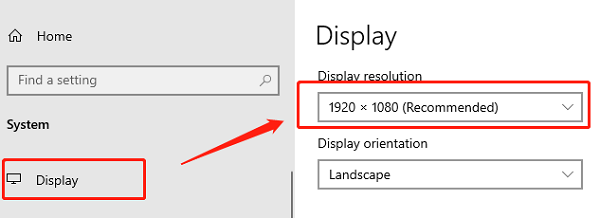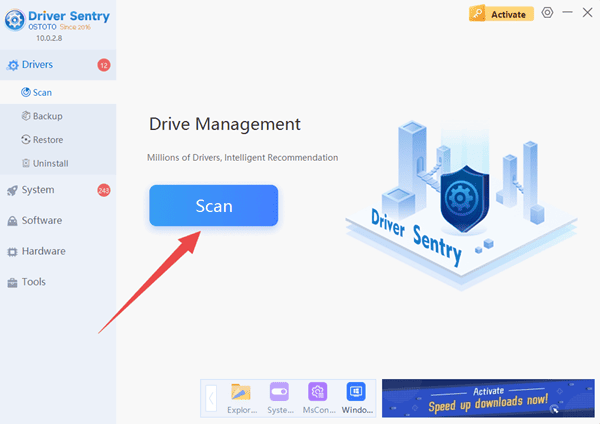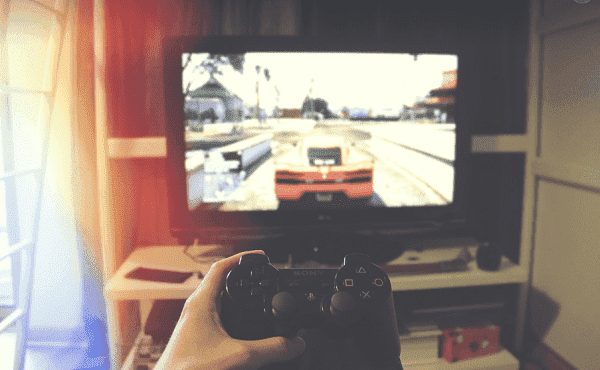
If the resolution is not set properly, it may lead to problems such as blurred text and disproportionate display. In this article, we will introduce how to adjust the computer screen resolution, as well as some of the things you need to pay attention to when adjusting the resolution.
1. Introduction to screen resolution
Screen resolution refers to the number of pixels that can be displayed on the monitor, usually expressed as "width x height". For example, a resolution of 1920x1080 means that the monitor has 1920 pixels in width and 1080 pixels in height. The higher the resolution, the clearer the details displayed on the screen, and the sharper the fonts, icons, and other elements become. Whereas, with a lower resolution, the image may appear blurry or grainy.
2. Adjusting Computer Screen Resolution
Different operating systems are adjusted in slightly different ways, take Windows system as an example of how to adjust the resolution.
Click the right mouse button on the blank space of the desktop and select "Display Settings".
In the open "Display Settings" window, find the "Display Resolution" option.
Click on the drop-down menu and select the appropriate resolution; Windows usually recommends a "recommended" resolution, which is generally the native resolution of your monitor and provides the best display.
Once you have selected the resolution, click the Apply button. If the display is as expected, click "Keep Changes"; if it is not suitable, you can choose "Restore" or wait for a few seconds to automatically revert to the original settings.

3. Driver Update
Sometimes, even if you have adjusted the resolution, the display is still not ideal, the screen may appear distorted, blurred or simply can not select the appropriate resolution. At this point, a graphics card driver update may be an important solution. If you are not familiar with the method of updating drivers manually, you can use some professional driver management software, such as Driver Sentry, which can automatically detect the latest drivers required by your system and install them with one click:
Download the latest version of Driver Sentry, install, and open the software. Click "Scan".

After the scan, locate the graphics driver in the results and click "Upgrade".
Restart your computer to ensure the new driver is active.
4. Cautions
Although adjusting the resolution can improve the display effect, too high or too low resolution may bring some problems, users need to pay special attention to the following points when adjusting:
Each monitor has a native resolution, which is usually the resolution at which the monitor can provide the best display effect. Beyond this resolution, images may be distorted or stretched, so try to use the monitor's recommended resolution.
If you need to switch between multiple applications, you may find that some programs display elements that are too small in high resolution, resulting in inconvenient operation. In this case, you can reduce the resolution appropriately or adjust the display scaling settings of your system.
Higher resolution requires more powerful graphics card support, especially for gaming or high-load graphics processing. If the performance of the graphics card is insufficient, too high a resolution may lead to problems such as screen lag and delay. Therefore, when adjusting the resolution, you also need to consider the carrying capacity of your system hardware.

If you use multiple monitors, you may need to adjust the resolution for each monitor individually, especially if the monitor models and specifications are different.
Above is the way to adjust computer screen resolution, hope it is helpful to you.
See also:
Methods to Fix Slow Internet on Windows 10
Fix Intel Wireless-AC 9560 Not Working (Code 10)